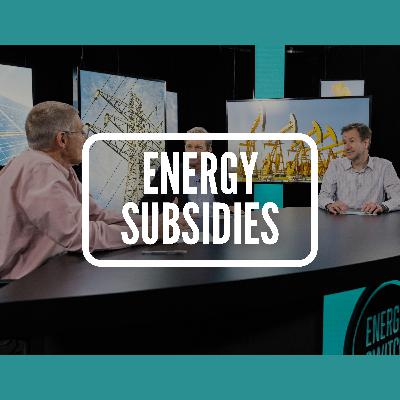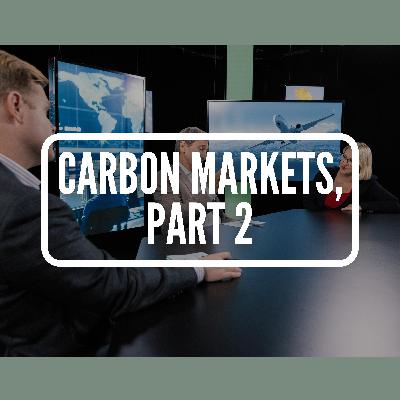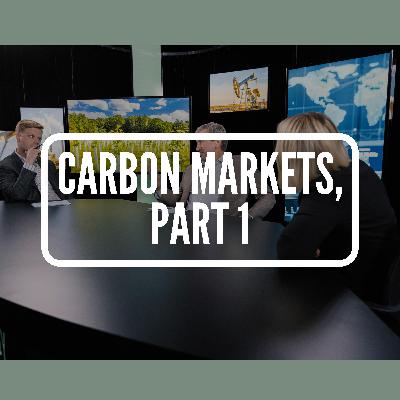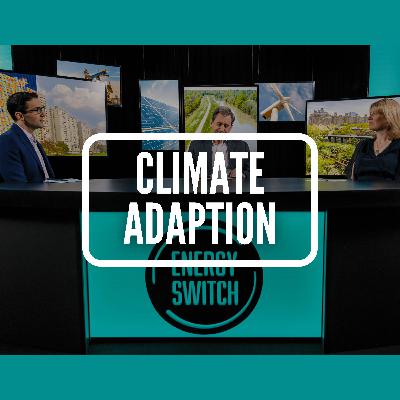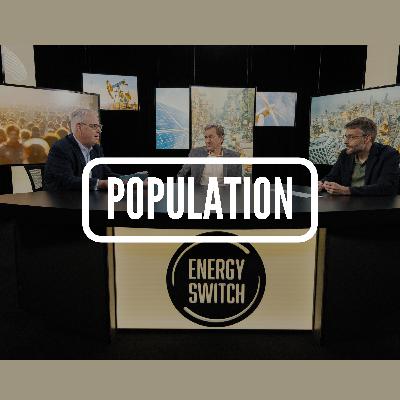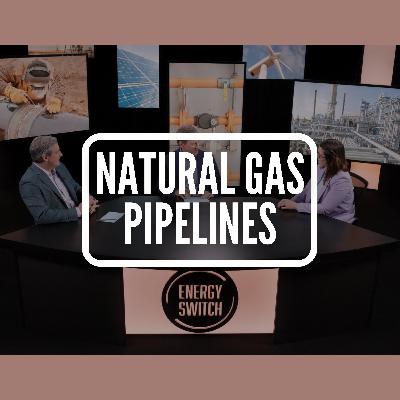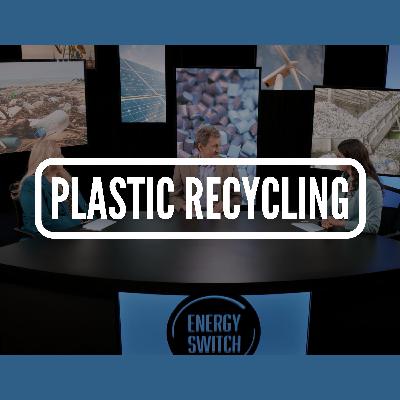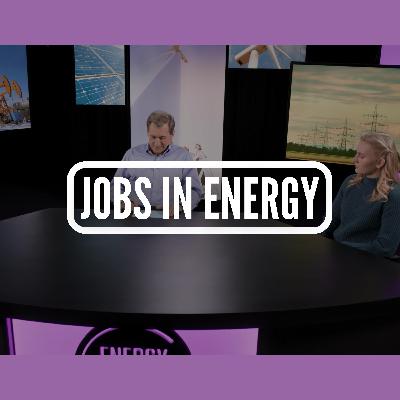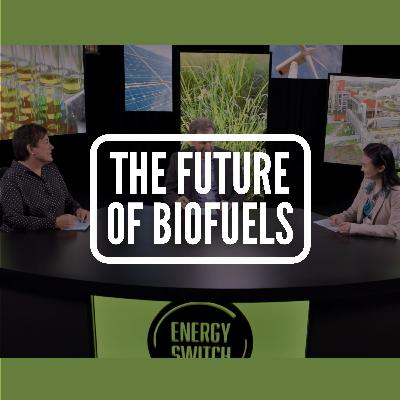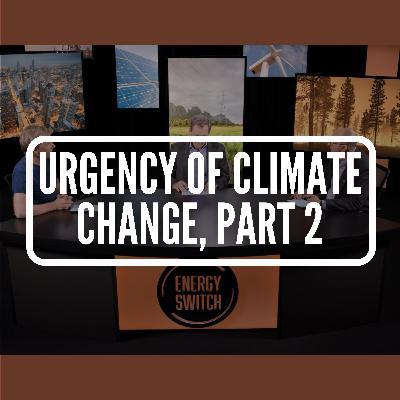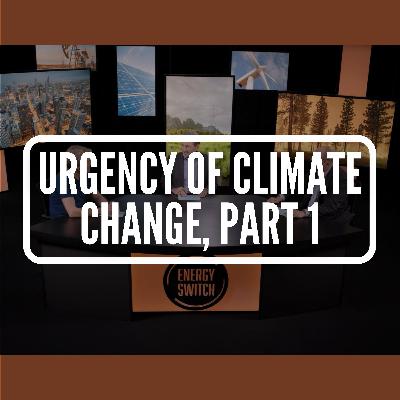Discover Energy Switch
Energy Switch

Energy Switch
Author: Switch Energy Alliance
Subscribed: 4Played: 189Subscribe
Share
© Copyright 2025 Energy Switch
Description
Energy and climate are intertwined, two of the most important topics in the world today. Yet listeners know very little about them. This podcast aims to change that. Energy Switch brings together two renowned experts from government, NGOs, academia, and industry, with differing perspectives on important energy and climate topics.These lively discussions are moderated by renowned energy scientist and communicator Dr. Scott Tinker. The podcast is produced, written, and directed by Emmy-winning documentary filmmaker Harry Lynch.
68 Episodes
Reverse
Subsidies support energy infrastructure and development to benefit consumers. And we pay for them. In tax credits for producers and investors. Direct payments and mandates for low carbon technology. Accelerated expense schedules for oil and gas. And R&D funding. We explore with Jonathan Lesser, President of Continental Economics, and Ryan Kellogg, Professor at the University of Chicago.
Large-scale batteries on our power grid could balance the intermittency of wind and solar, along with the normal irregularities of the grid. And they’re becoming ever more affordable. I’ll discuss the potential benefits and challenges with John Zahurancik, President of the Americas for Fluence, a battery storage company, and Paul Denholm, a Senior Energy Analyst at National Renewable Energy Lab.
Energy is so intertwined with the functioning of society that it’s a basic need. Yet not all Americans have equal access to safe, reliable, affordable energy. We’ll discuss energy justice initiatives that aim to spread the benefits of energy to more Americans, with Margo Weisz, Executive Director of Texas Energy Poverty Research Institute, and Monisha Shah from the EPA’s Solar For All program.
Using water to generate power has been a staple in our electricity system for a century. We look at conventional reservoir dams and pumped hydro storage; the state of hydropower in the US, Canada and internationally; and challenges that hydro faces. With expert guests Malcolm Woolf from the US National Hydropower Association, and Debbie Gray of the International Hydropower Association.
In part 1, we explored compliance and voluntary markets. Now we look at brokers and traders, market forces that help set prices, the emissions reduction potential of low vs. high price credits, and the importance of better regulation and verification. Expert guests again are Kaya Axelsson, Head of Policy and Partnerships at University of Oxford Net Zero, and Jamie Keech of Vida Carbon.
Carbon markets were created to try to reduce CO2 emissions. There’s a compliance market, in which governments set emission limits and companies comply, often by trading credits. And a voluntary market, where companies and consumers voluntarily buy credits. We’ll explore both with Jamie Keech, Executive Chairman of Vida Carbon, and Kaya Axelsson from University of Oxford Net Zero.
To curb global warming, governments often focus on reducing CO2 emissions. But many are now also adapting to a changing climate, from expanding air conditioning and passive cooling techniques, to engineered and nature-based solutions to counter sea-level rise. We discuss with Vijay Limaye from the National Resources Defense Council, and Susan Asam, VP of Climate Planning at ICF, a consultancy.
The common narrative about human population -- that it will grow forever -- is dead wrong. Demographic experts now agree that population will peak soon and begin to decline, with profound impacts on every aspect of global society, including energy and the environment. Explore these surprising revelations with Darrell Bricker, author of Empty Planet, and Dean Spears, author of After the Spike.
Small reactors have been used on aircraft carriers for decades. Similar designs are now proposed for power generation and industrial heat. They could be built in factories and assembled on site, with potential economies of scale, but face challenges. We explore with José Reyes, CTO & co-founder of NuScale Power, and Adam Stein, Director of Nuclear Energy Innovation at Breakthrough Institute.
There are more wildfires in some areas, though globally they’re down. Climate change contributes, but there are other factors which have made forests and cities more fire prone and fires more damaging -- while millions of Americans now live in fire areas. We explore with Lori Moore-Merrell, the US Fire Administrator, and Brian Buma, Senior Climate Scientist at Environmental Defense Fund.
General readers want straight answers on climate. But climate science is complex and full of nuance. This excites scientists, whose research explores the leading edge. But it makes climate reporting difficult. Journalists must understand the science, then competently simplify it for readers, no easy feat. We’ll discuss with two editors: Dr. Michael White from Nature, and Justin Worland from Time.
The US natural gas pipeline network carries gas from where it’s produced to the many places it's used: power plants, factories and millions of homes. Proponents want more pipelines, to replace more coal here and abroad. Opponents worry about methane leakage and local environmental impacts. We discuss with former Congressman Tim Ryan and Gillian Giannetti from Natural Resources Defense Council.
Plastic is cheap, lightweight, strong and versatile, so we use it in millions of products. But there are challenges with disposal and recycling, meaning plastic is increasingly in our oceans, our water, our food, even our bodies. We’ll talk about all this, and plastic’s energy and emissions footprints, with Dr. Anja Brandon from the Ocean Conservancy and Holli Alexander from Eastman.
In part 1, we talked about the size of planned offshore wind farms, and potential impacts to fisheries, marine mammals and property values. Now we discuss the cost to build offshore wind farms, the role of subsidies to do so, and how much these projects may or may not reduce US CO2 emissions. Our guests again are Peder Hansen from PH Consulting and Lisa Linowes of Industrial Wind Action.
The US is contemplating massive new offshore wind projects. Proponents see these as part of decarbonizing our electricity system. Opponents worry about impacts to fisheries, marine mammals, tourism and property values, plus the challenges of onshoring the electricity. Lisa Linowes from Industrial Wind Action and Peder Hansen from PH Consulting debate.
Working in energy, particularly oil and gas, is not as popular as it once was in the US. Electricity and lower carbon energies are more readily embraced by young people. We’ll talk to two young professionals, Natan Battisti from Harbour Energy and Maya Barwick from ATC, to see why they chose jobs in oil and electricity, how they’ve found the experience, and if they’d recommend it to their peers.
We use a lot of biofuels in the US -- corn ethanol now makes up 10% of every gallon of gasoline. Ethanol made from cellulose, from agricultural waste or non-food crops, has been in development for years and may eventually become commercial, along with new kinds of aviation biofuels. Dr. Valerie Reed, Bioenergy Director at the DOE, and Yiying Xong from the Great Lakes Research Center.
To wrap up this discussion, Dr. Bjorn Lomborg and Dr. Andrew Dessler lay out their strategies for addressing climate change. One favors adaptation, and tackling other pressing global problems that could lead to greater prosperity. The other argues for urgent action to reduce emissions to manage the risk of damage from a changing climate. They agreed on a greater focus on new energy innovation.
Warming temperatures and their potential impacts are predicted to escalate in the coming decades. Dr. Andrew Dessler, a climate scientist, argues for urgent action to reduce emissions. Dr. Bjorn Lomborg, a political scientist, maintains that climate change is a smaller problem than others we face, like poverty and education. Pursuing those would allow us to better adapt to a changing climate.
Everyone loves electricity…and no one loves powerlines. But we need more of them. New lines face many challenges, in permitting, siting and eminent domain; allocating costs among stakeholders; and working with property owners and environmental groups who oppose them. We discuss with Mark Christie from the Federal Energy Regulatory Commission, and Emily Fisher from the Edison Electric Institute.


